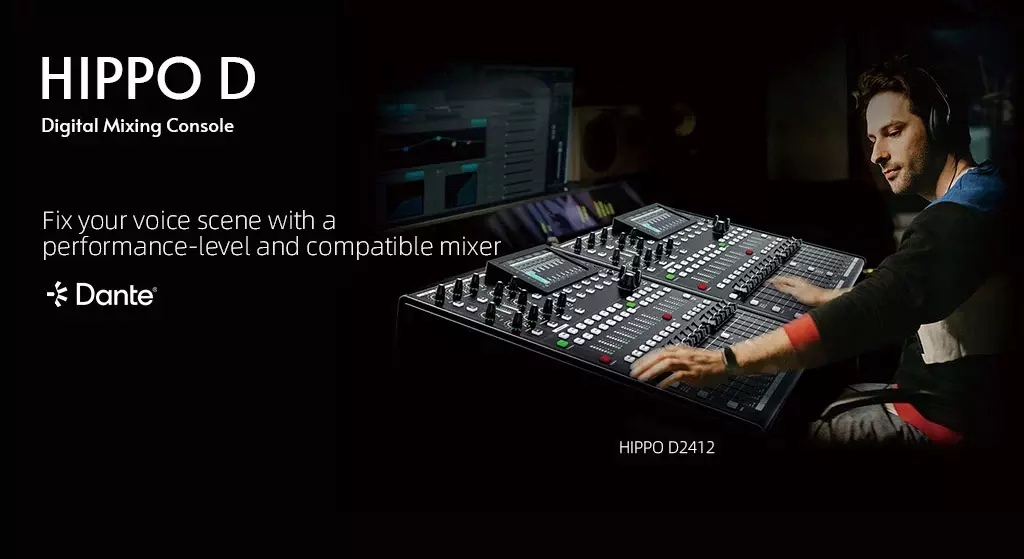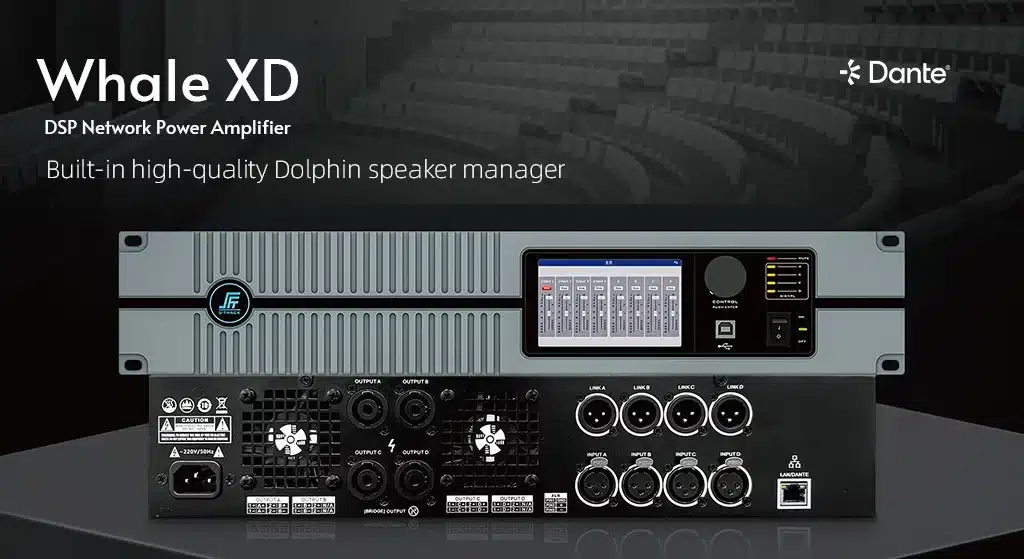The world of audio can seem vast and complex, but understanding it starts with a familiar concept: the sound system. Whether you’re enjoying music, a movie, or a live performance, sound systems play a crucial role in delivering an immersive experience. So, what exactly is a sound system, and how does it work? Let’s break it down.
At its core, a sound system is a set of components designed to reproduce recorded audio—such as music or speech—as accurately, clearly, and powerfully as possible. Its ultimate goal is to recreate sound with high fidelity, preserving the original quality of the recording while sometimes adding subtle enhancements for a more enjoyable listen.
Think of sound as taking a journey—it starts from a source, gets processed and amplified, and finally reaches your ears. A typical sound system consists of three main stages as follow.
The journey starts with the source—the origin of the audio signal. This could be a microphone capturing a voice or instrument, a smartphone streaming music, a turntable playing a vinyl record, or any other device that generates or retrieves audio. These sources convert sound into electrical signals, ready for processing.

Once the sound is captured, it enters the processing stage. This is where the magic happens—raw audio signals are refined, enhanced, and prepared for playback.
Mixers act as the “brain” of the system, adjusting levels, tones, and effects to ensure the sound is balanced and polished. Think of it as tailoring the audio to fit the environment—whether it’s softening harsh frequencies or emphasizing certain elements..

Amplifiers then take these processed signals and boost them to a level that can drive speakers. This stage consists of:
Preamplifiers, which is responsible for receiving signals from various audio sources. Handle input selection, volume control, and initial signal boosting.
Power amplifiers, which is responsible for receiving signals from the front stage. Delivery high-power output to physically move speaker components and produce sound.

The final stage is playback, where electrical signals are transformed back into audible sound. This is done by speakers, which consist of drivers (e.g., woofers, tweeters) housed in enclosures. When amplified signals pass through a speaker’s voice coil, electromagnetic forces cause the diaphragm to vibrate, pushing air and creating sound waves that reach your ears.
From concerts to home theaters, sound systems work behind the scenes to make experiences memorable. For example, at a live show, a singer’s voice is captured by a microphone, mixed and amplified electronically, and delivered through speakers to the audience—seamlessly and powerfully.

In summary, a sound system is more than just speakers—it’s a sophisticated chain of components working together to capture, process, and reproduce sound. By understanding these basics, you’ll appreciate the engineering and artistry that go into creating the audio experiences we love every day.
400-900-2726
9th Floor, 1B, Shangzhi Technology Park, Guangming District, Shenzhen City, Guangdong Province, China
Copyright © SHENZHEN S TRACK SCIENCE TECHNOLOGY CO., LTD